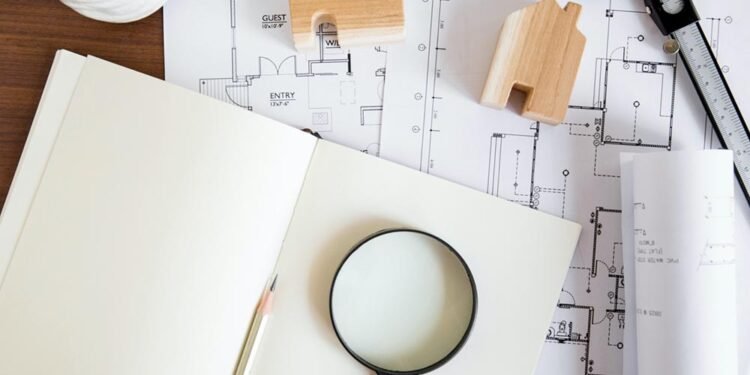The home buying process features several hurdles to cross, battles to win, and achievements to unlock. But few loom quite as large as the home inspection.
A home inspection is a thorough investigation of a property, typically done by a professional at the buyer’s request. At its best, it should uncover any pre-existing issues with the structure or discrepancies between the marketing copy and the real conditions of the property.
It’s a collaborative process involving you (the homebuyer), an expert realtor, and an experienced inspector. To help you through this essential procedure, here’s a short playbook for success.
Choose the Right Professionals
The first step in the process is to choose the right professionals, starting with a winning realtor.
Quality, experienced real estate companies, like Harvey Kalles Real Estate, make a world of difference throughout the buying process – inspection included. They act as your guide through the process, explaining key takeaways, and offering counsel for how to act in tricky situations.
Crucially, they also leverage their network of professional contacts, enabling you access to top-tier home inspectors. When looking for the right inspector, prioritize experience and thoroughness. You want your home inspection expert to have a reputation for leaving no stone unturned!
Prepare for Inspection Day
Before inspection day rolls around, touch base with your realtor and inspector to stay prepared. Obviously, you need physical access to the home. But you may also need documentation like past inspection reports, maintenance records and renovation receipts to help give the full picture of a home’s health.
Not all buyers attend the inspection, but it’s a good idea. Being there alongside the professionals gives you some up-close-and-personal time with your potential investment, allowing you to make an informed choice.
Decode and Understand the Inspection Report
The inspection report is a complex, multi-celled document that details the home in highly technical terms. In other words, it isn’t a breezy beachside read.
Take it slowly, digesting each line and making your own notes in a separate document. (Kind of like note-taking in class – if you can remember that). Ideally, you’ll want to decode your inspection report with an experienced realtor at your side; they’ve seen hundreds of these documents, and can point out where the real action items and red flags are.
Common Issues Uncovered in the Inspection Process
As you work with a realtor to demystify the inspection report, you may notice issues popping up. These run the gamut from “no big deal” to “big deal-breaker” – depending on the value you’re paying, your risk tolerance, etc.
To give you a sense of what you might encounter, here are a few common issues that rear their heads in the inspection process:
- Roofing Problems like damaged shingles, leaks or flashing issues
- Structural Issues like foundation cracks, settling, uneven floors, etc.
- Plumbing Concerns like leaky pipes, suboptimal water pressure, or drainage stops.
- Electrical Issues like outdated aluminum wiring or faulty outlets.
- HVAC Snags like poor insulation, ductwork troubles or generally inefficient systems.
- Mold and Mildew present in the home, especially in prone areas like the basement.
- Appliance problems like a malfunctioning fridge or hazardous old gas range
These aren’t the full extent of what you might encounter, but they represent common issues that appear in the process.
After the Inspection
After the inspection and subsequent reading of the report, it’s huddle time with your realtor. You can chat about how to negotiate repairs, any strategies for price renegotiation, or, on the serious end of the spectrum, whether it’s best to pull out of the deal and look for a dream home elsewhere.
We hope this short guide to home inspections helps you net your perfect home – one that’s healthy, functioning, and exactly what you expected.












